It’s been over two years since Apple unveiled iOS 4 with mobile management features designed to make the iPhone and iPad a significantly better corporate citizen. During those years, the landscape of business and enterprise mobility has changed dramatically. RIM has collapsed and will never truly recover, Microsoft has doubled down on the interface it launched late in 2010 with no guarantee of success, and Android has become much more enterprise friendly. Perhaps more important is the fact that idea of mobile management and security has shifted from a focus on devices to a focus on securing data and managing mobile apps.
As all this has happened, Apple’s mobile management framework, which is the system that all mobile management vendors plug into in order to secure and manage iOS devices, has essentially stagnated. With iOS 6 on the horizon, lets look at the areas that Apple needs to address if it wants iOS to remain one of the preferred mobile platforms for business.
![What IT Wants To See In iOS 6 [Feature] iOS 6 will deliver a lot of business features, but what about enterprise/IT integration?](https://www.cultofmac.com/wp-content/uploads/2012/08/ios6-120611.jpg)
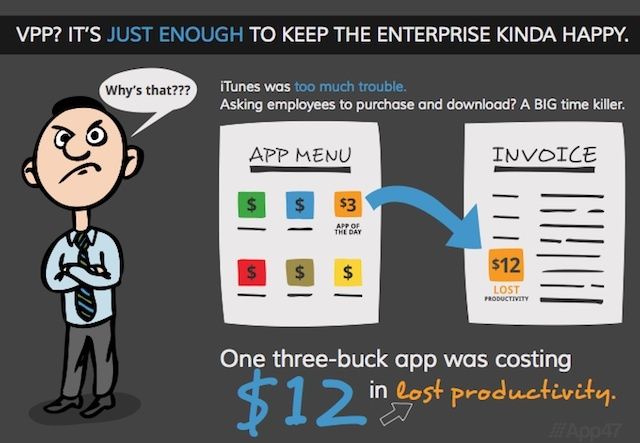
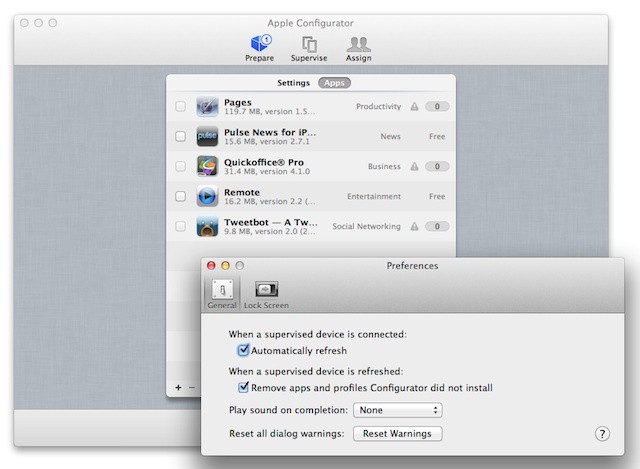
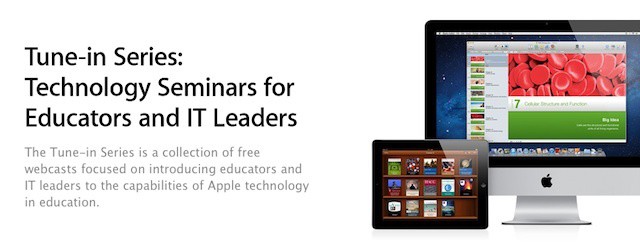
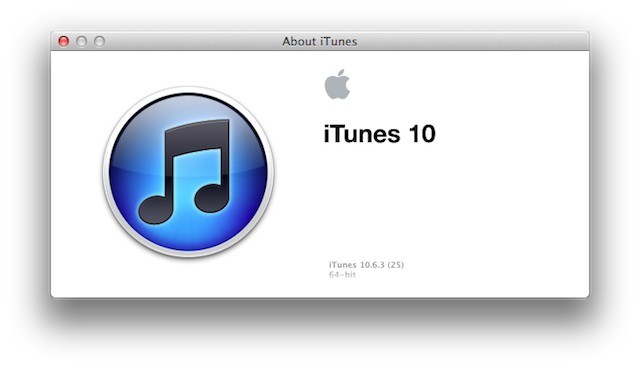
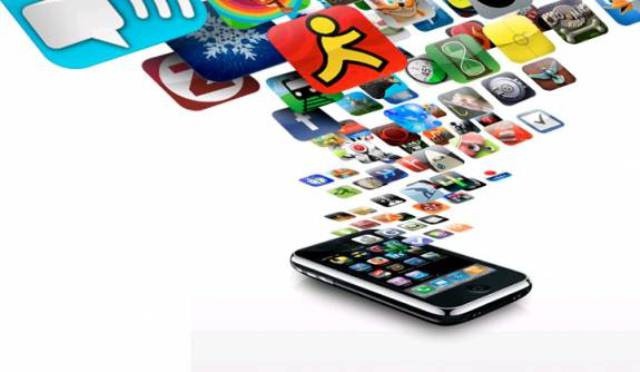


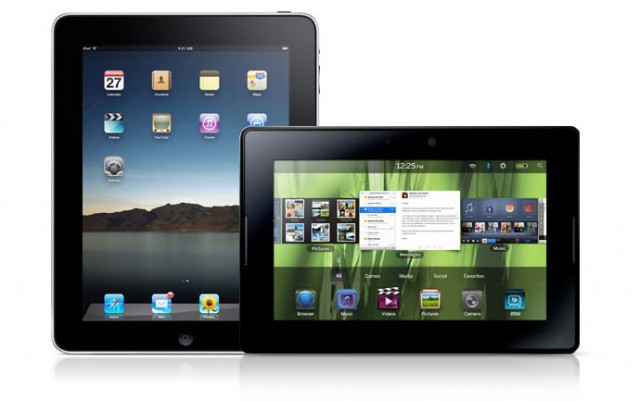

![Use Configurator To Roll-Out iOS Devices To Your Users – The Right Way [How-To] Apple Configurator's Intro Screen](https://www.cultofmac.com/wp-content/uploads/2012/03/Screen-Shot-2012-03-13-at-12.29.12-PM.jpeg)
